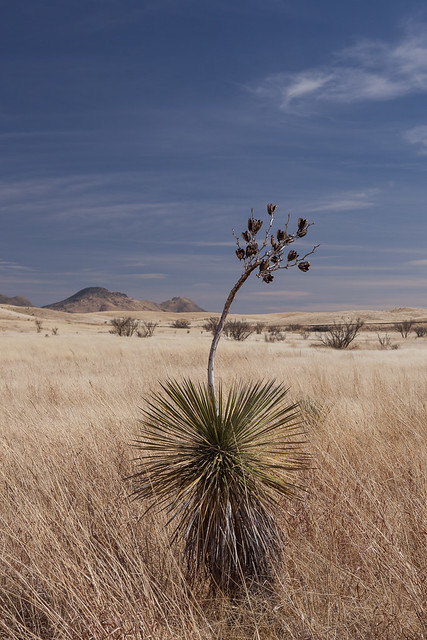Tell me what you feel in your room when the full moon is shining in upon you and your lamp is dying out, and I will tell you how old you are, and I shall know if you are happy. ~ Henri Frederic Amiel
A Poem to Commemorate the Last of Winter Moons
In the North, the earth softens,
the earthworms venture from warm earth, deposit their casts upon the ground,
robins return announcing the coming of Spring.
Full Worm Moon
Maple sap begins to run in the East,
signals time for tapping, maples announce the coming of Spring.
Flowing, flowing, alive.
Full Running Sap Moon
Throughout the lands, the Magpies caw,
loud and raucous, singing to the last of the winter moons.
Celebratory songs.
Full Magpie Moon
In snowbound regions, snow cycles through thaw and freeze,
a gradual loosening winter’s relentless hold. Anticipation of the melt.
Crusted snow, old snow, dwindling snow. Anticipation.
Full Crust Moon
In the Southwest, the winds twist, spiral, change direction the upper atmosphere,
touch the earth, red dust, and fling it high into the air.
But the full moon, reflecting light of the sun full face.
The moon does not disappear in the flying dust,
no, she hovers in a pastel aura, hazy and luminous.
Full Windy Moon
I see her slide above the mountain peaks, the gentle Santa Ritas,
fir trees silhouetted. Watch it suspended above the mountain ridge,
gentle reminder of the marking of months,
passing of seasons, turning years.
I spread a woven blanket, geometric colors come into soft focus, lit by moonshadow,
what luxury this lying upon earth in silence and harmony,
awakened to the energies of the full moon as she travels westward.
I close my eyes to the dusty particles,
bathed in moonlight, I drift and dream, content.













